Comfort, kit and enduring aesthetics make the Hyundai Santa Fe utilitarian and upmarket
Tough looks conceal premium features as Hyundai takes its plug-in hybrid SUV upmarket. Wallpaper* tries out the stylish new South Korean 7-seater
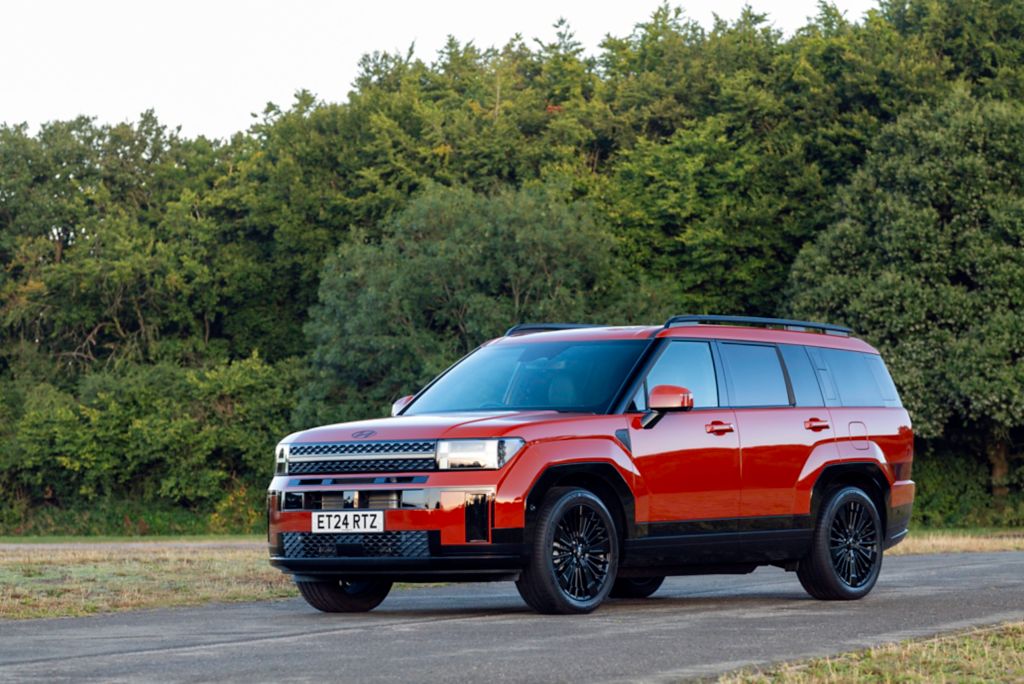
The South Korean car company began selling this Santa Fe model name way back at the turn of the century, when it was one of a precious few mid-sized SUVs that eschewed bluff, upright off-roader-style looks in favour of a softer, more car-focused appearance. That subdued look was carried through to the anonymous-looking second-generation car, which debuted in 2006. By the time of Santa Fe v3, the big 7-seater’s lines had become a little more streamlined but were never going to inflame desire. Practicality trumped passion.
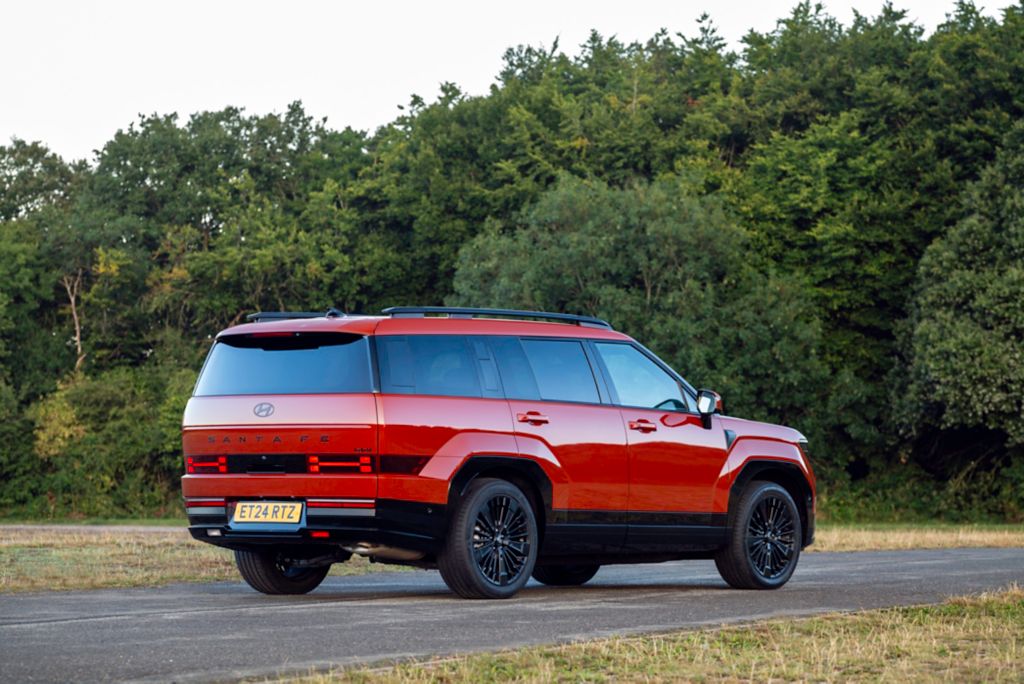
Hyundai Santa Fe
Enter version 4. You might have noticed that Hyundai – along with sister company Kia – is in the midst of one of the auto industry’s most admired design revivals of recent years, intent on chucking out the bland and bringing character and dynamism back to their ranges. Inspiration has come from old and new, and the advent of electrification has provided a particular spur for fresh looks.
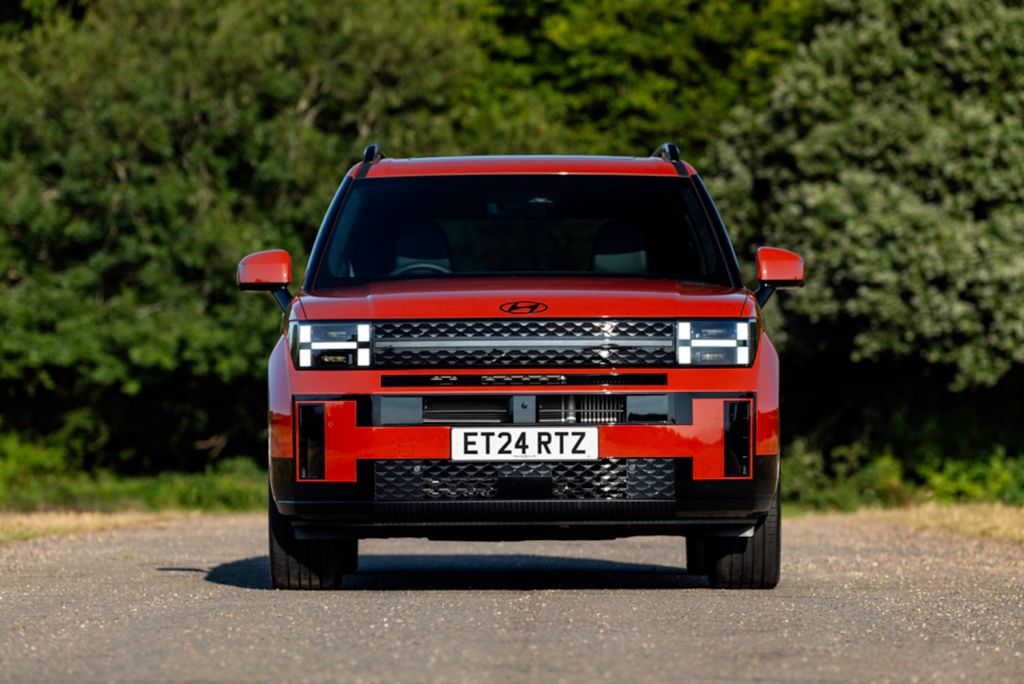
Hyundai Santa Fe
The Santa Fe is offered only as a plug-in hybrid, finely timed for the global renaissance of that practical and flexible powertrain – if done correctly. Whilst Chinese manufacturers are pushing a new breed of ‘super-hybrids’, which only use their compact ICE units for charging and not for driving the wheels, the Santa Fe is available as a regular hybrid or a PHEV.
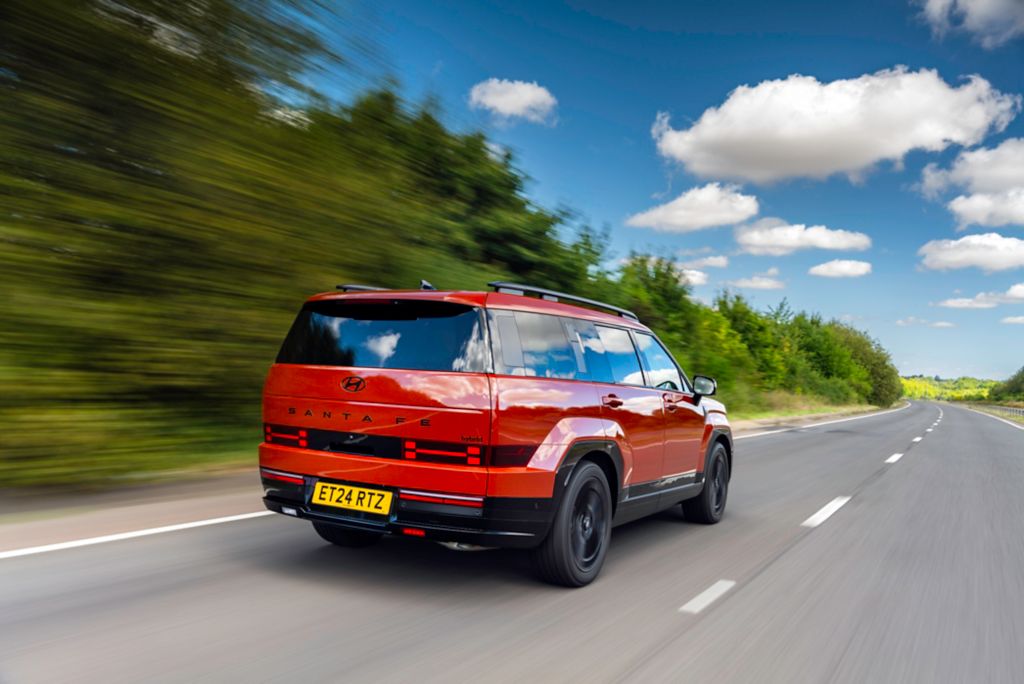
Hyundai Santa Fe
The latter is perhaps the best option as it can be switched pretty seamlessly between pure electric power and electrically-assisted ICE. It’s not a car for hustling, although the e-boost means overtaking is not a white-knuckle experience, more for sedate cruising and long-distance leisure trips. To that end, Hyundai is pointedly pushing the Santa Fe’s skills as a car camper – a good platform upon which to mount a tent, while the cabin below offers all mod cons for leisurely stays off-road.
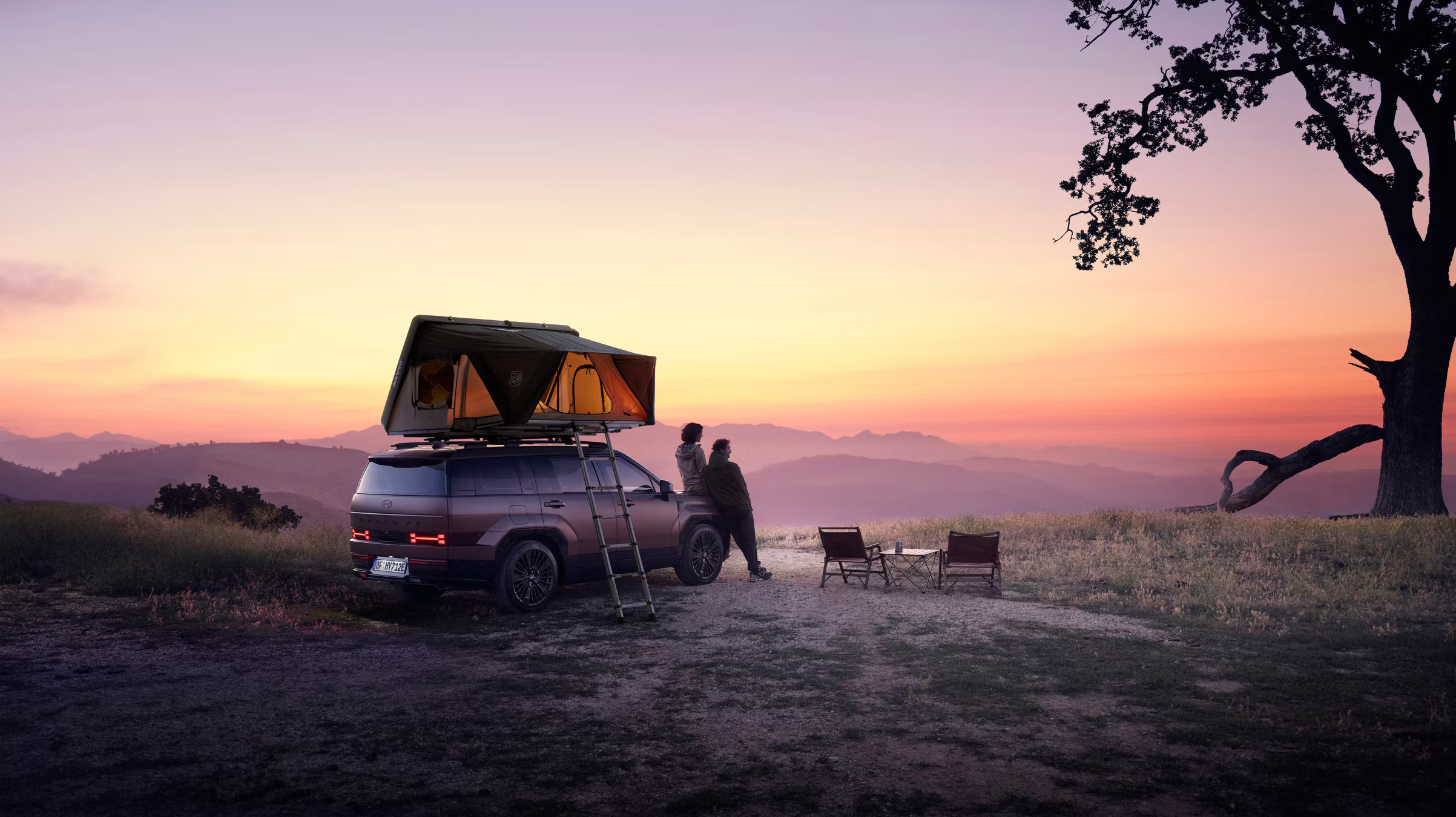
Car camping in a Santa Fe
As is expected in a car of this size, the Santa Fe contains plenty of cubby holes for squirreling away everything from snacks to maps, with twin wireless phone charging pads and USB slots aplenty scattered throughout the cabin. In the Calligraphy edition, there’s also Nappa Leather and ‘premium front relaxation seats’ that can fully recline. Handling and ability away from the tarmac has also been upgraded, with a terrain mode selector and ample ground clearance.
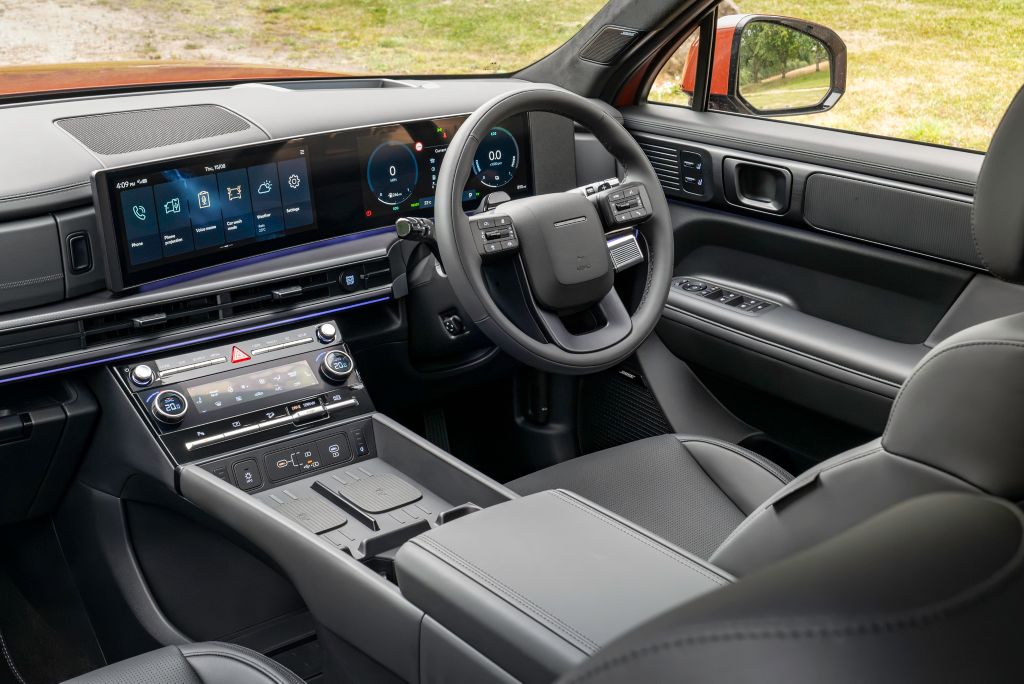
Hyundai Santa Fe
Visually, the Santa Fe has an arrestingly bluff front three-quarter view, with body colour panels on the bumpers, chunky wheelarches and a no-nonsense glasshouse that emphasises the scale and precise geometry of the cut lines. There’s no superfluous swooping sculpture or slashing curves; this is a deliberately boxy design with near-perfection execution.
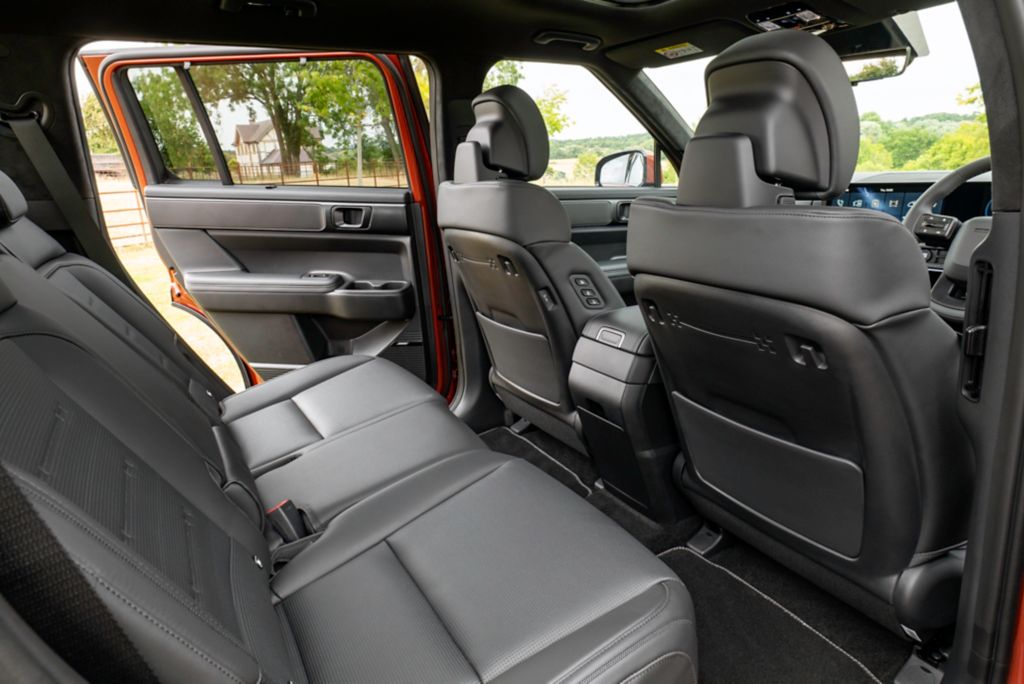
The Hyundai Santa Fe is available as a 6- or 7-seater
Things are slightly more skew-whiff at the rear, where the low placement of the pixel-inspired rear light bar unbalances the whole ensemble. Big ‘Santa Fe’ graphics evoke the large logo approach of old school 4x4s, a weighty statement that’s slightly undermined by the incongruous ‘Plug-in’ logo at bottom left. Other neat touches include an assist handle hidden in the C-pillar, making it easier to haul oneself up to reach anything stashed on the (optional) roof rack.
Receive our daily digest of inspiration, escapism and design stories from around the world direct to your inbox.
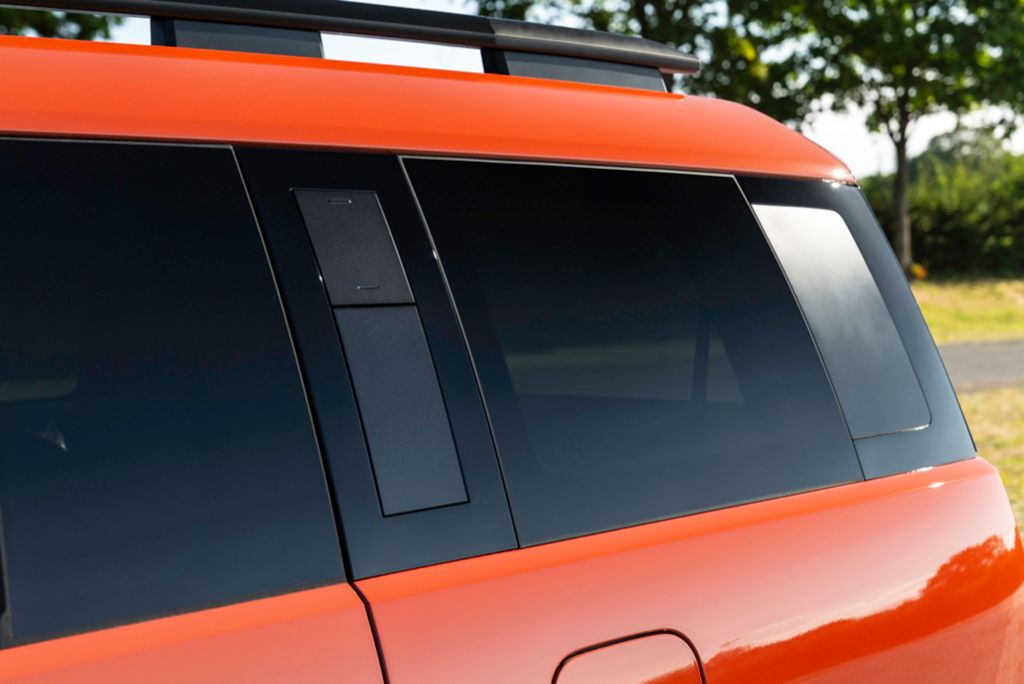
This panel conceals an accessibility handle
Any car that pairs seven plush leather seats with cupholders and power sockets and a Bose stereo system is erring on the side of luxury. Some might even argue that true ‘utility’ vehicles no longer exist, thanks to the steady premiumization of the modern car market. The Hyundai Santa Fe is a fine example of how function keeps getting fancier. It’s a car that cloaks steely competence with elegant design, suggesting that form and function are both in it for long run.
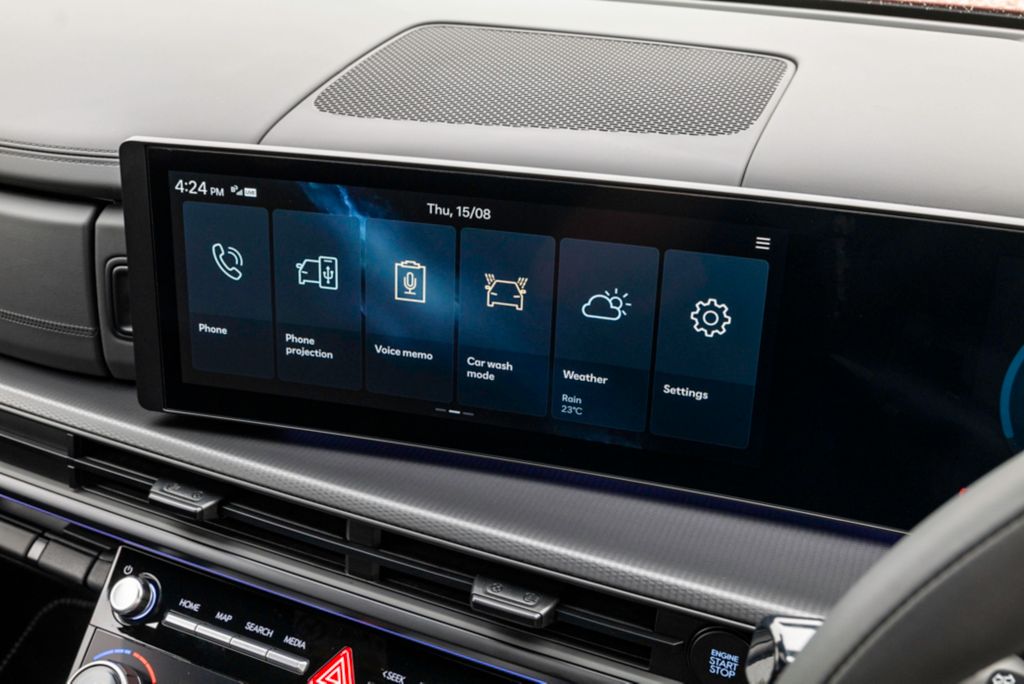
The Santa Fe's digital dash is paired with useful dials and buttons
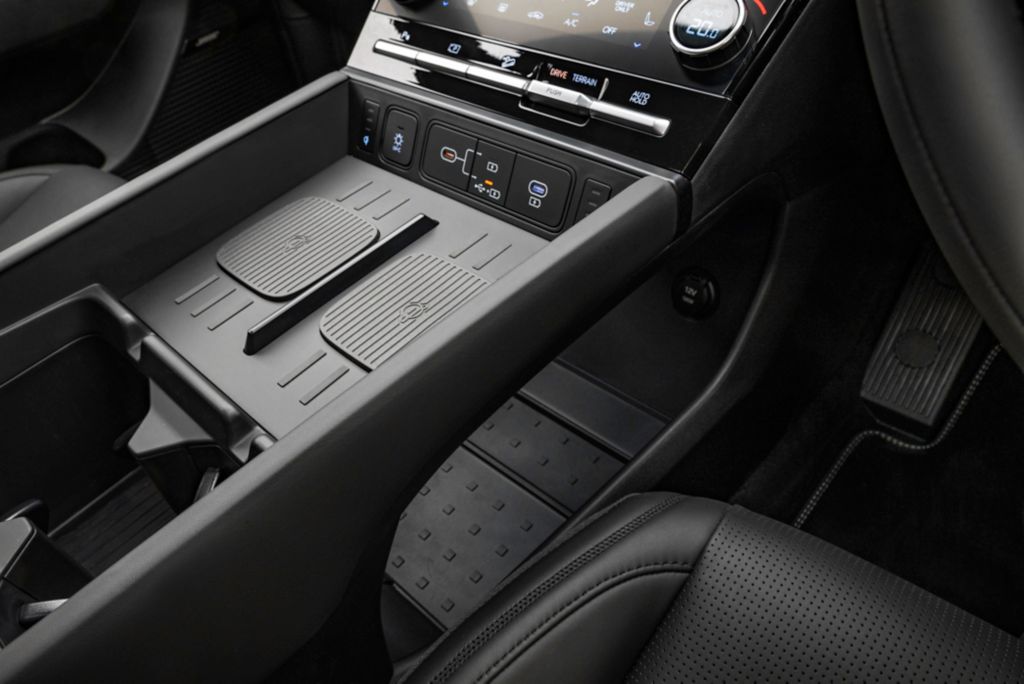
Attention to detail is first rate, from storage to twin phone chargers in the front
Hyundai Santa Fe Calligraphy edition, from £57,635, Hyundai.com, @HyundaiUK
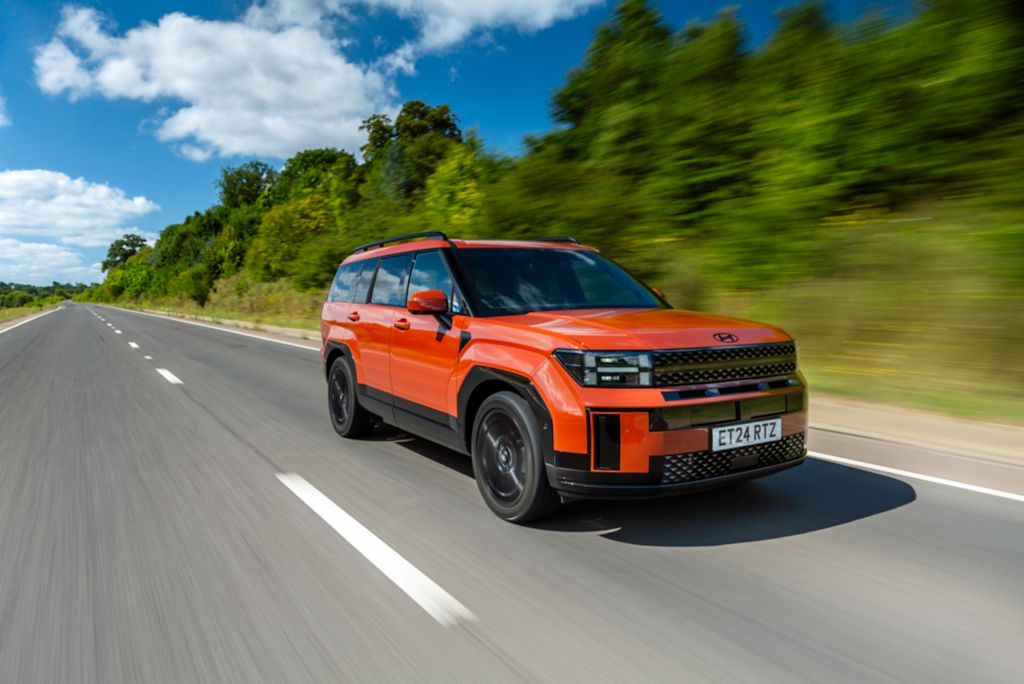
Jonathan Bell has written for Wallpaper* magazine since 1999, covering everything from architecture and transport design to books, tech and graphic design. He is now the magazine’s Transport and Technology Editor. Jonathan has written and edited 15 books, including Concept Car Design, 21st Century House, and The New Modern House. He is also the host of Wallpaper’s first podcast.
-
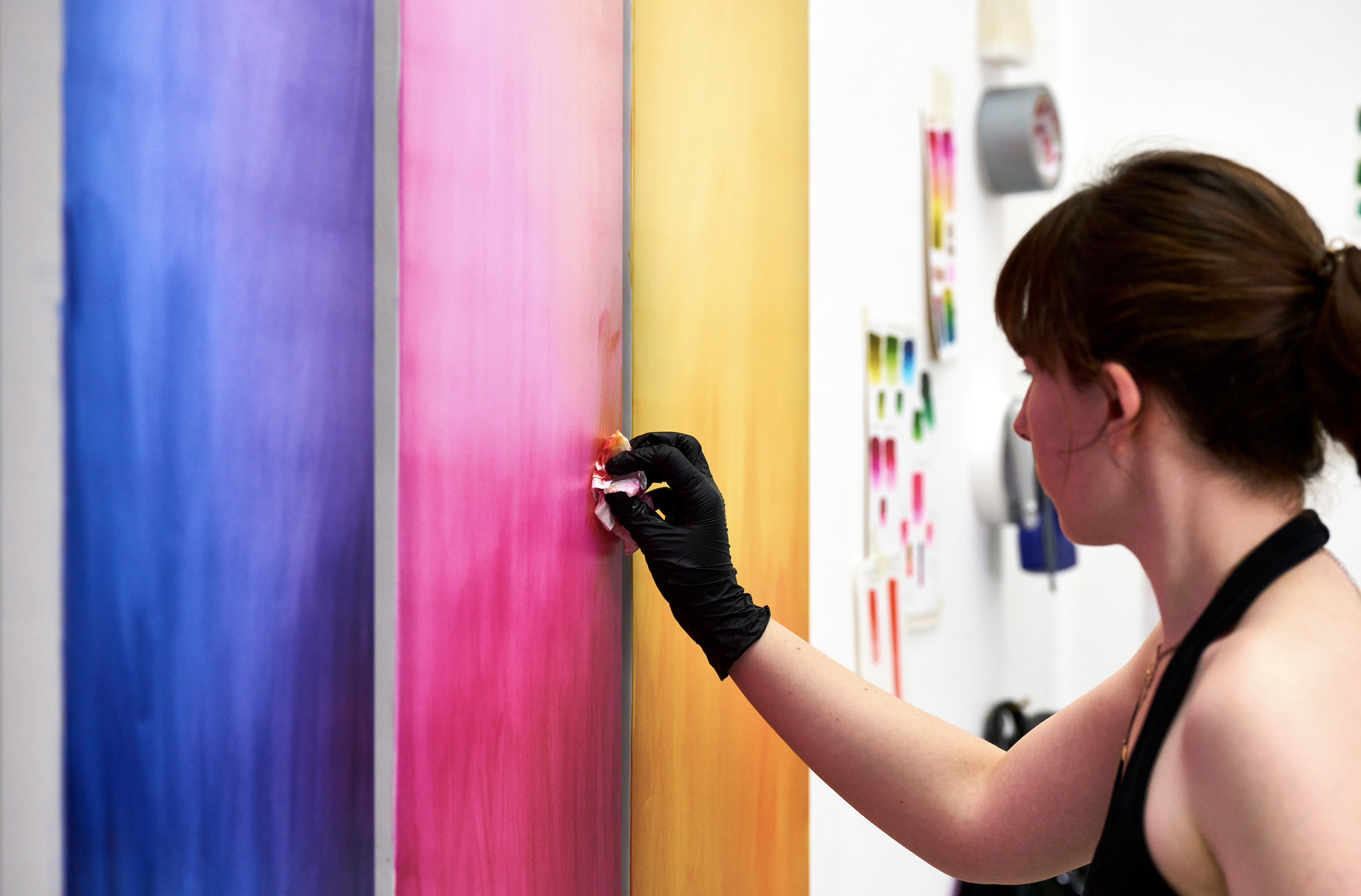 Jaguar spotlights five emerging artists in its inaugural Arts Awards
Jaguar spotlights five emerging artists in its inaugural Arts AwardsThe new Jaguar Arts Awards in partnership with London’s Royal College of Art embody a shared drive to nurture new talent; meet the 2025 winners
-
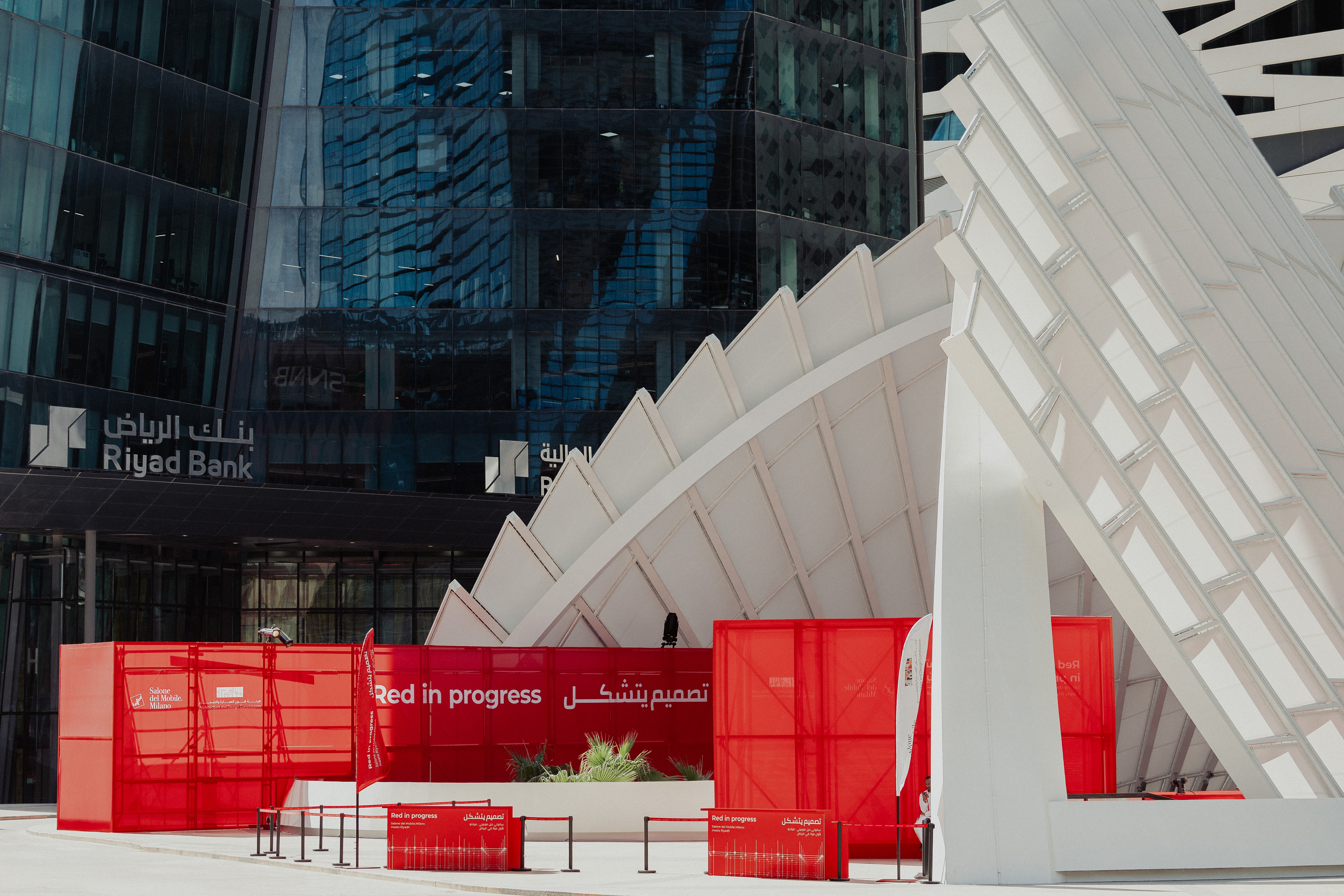 ‘Locally anchored and globally conversant’: Salone del Mobile debuts in Saudi Arabia
‘Locally anchored and globally conversant’: Salone del Mobile debuts in Saudi ArabiaSalone del Mobile lands in Riyadh (26-28 November 2025), bringing its creative and manufacturing know-how to one of the world’s fastest-growing markets and setting the stage for Italo-Saudi design relations
-
 Free flights across Japan? ANA just made it happen
Free flights across Japan? ANA just made it happenA new All Nippon Airways scheme in collaboration with the Japan National Tourism Organization aims to ease overtourism in major hubs by boosting regional travel
-
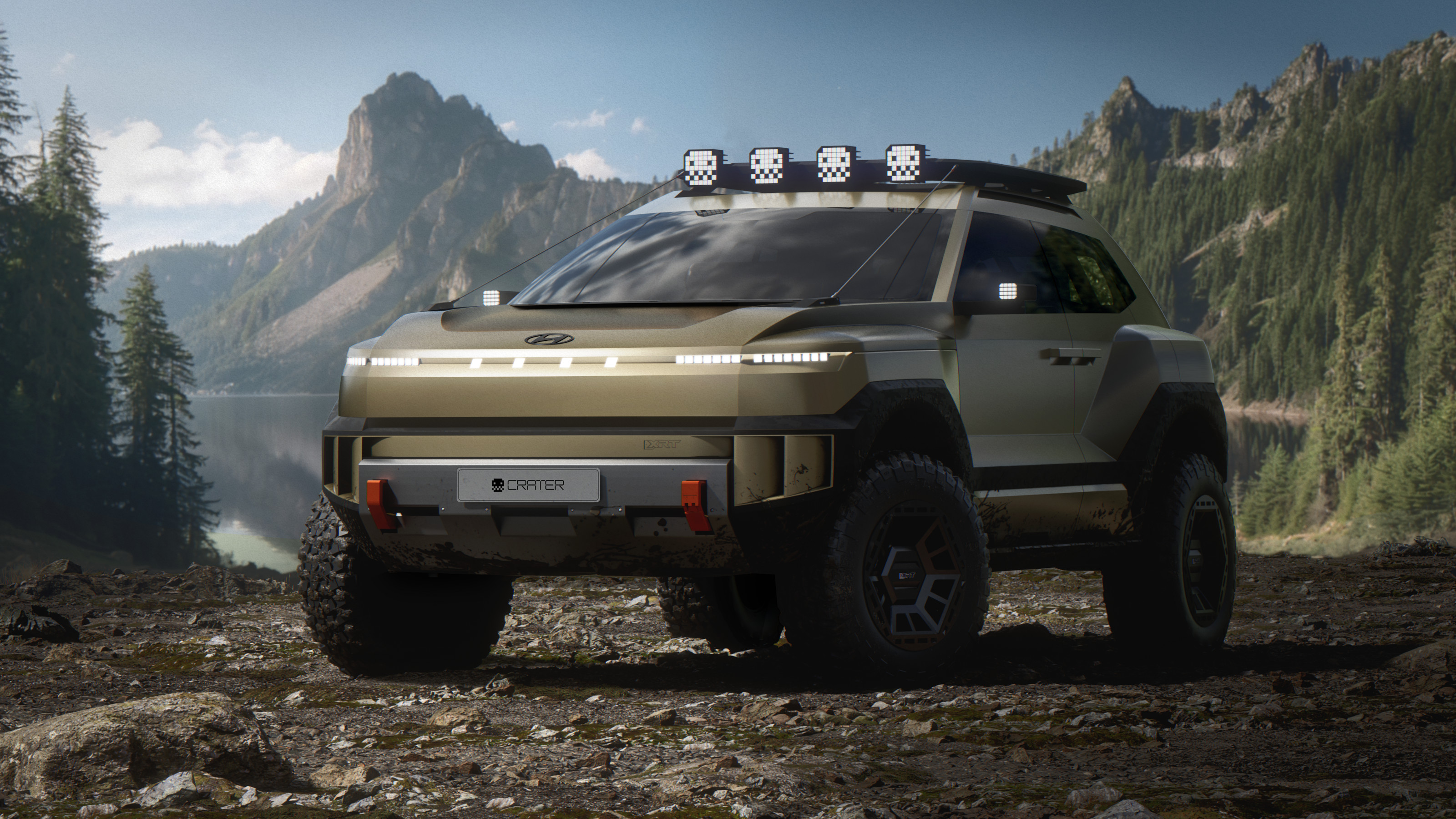 The future of off-road is encapsulated in Hyundai’s rugged Crater Concept
The future of off-road is encapsulated in Hyundai’s rugged Crater ConceptAn exploration of the future form of Hyundai’s XRT sub-brand, the Crater Concept is designed to roam where no one else goes
-
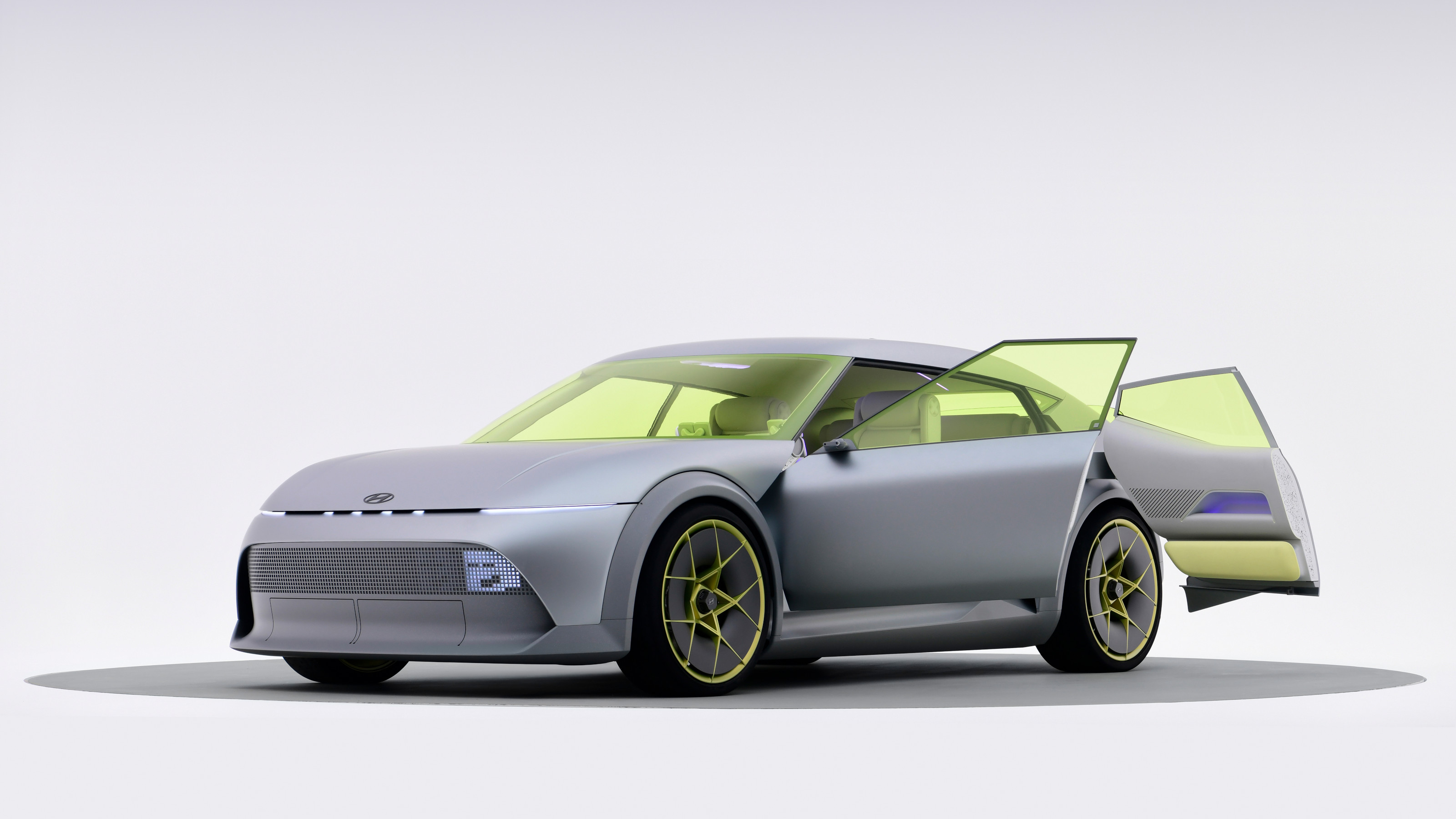 All the new electric cars and concepts revealed at Munich’s IAA Mobility 2025
All the new electric cars and concepts revealed at Munich’s IAA Mobility 2025Munich’s alternative motorshow is now in its third iteration, combining a traditional exhibition space with a conference and large-scale public activations on the streets of the city
-
 An instant modern classic, the new Hyundai Inster is an all-conquering, all-electric city car
An instant modern classic, the new Hyundai Inster is an all-conquering, all-electric city carSmall EVs are making big waves as the tech continues to evolve. Hyundai shows everyone else how to do it
-
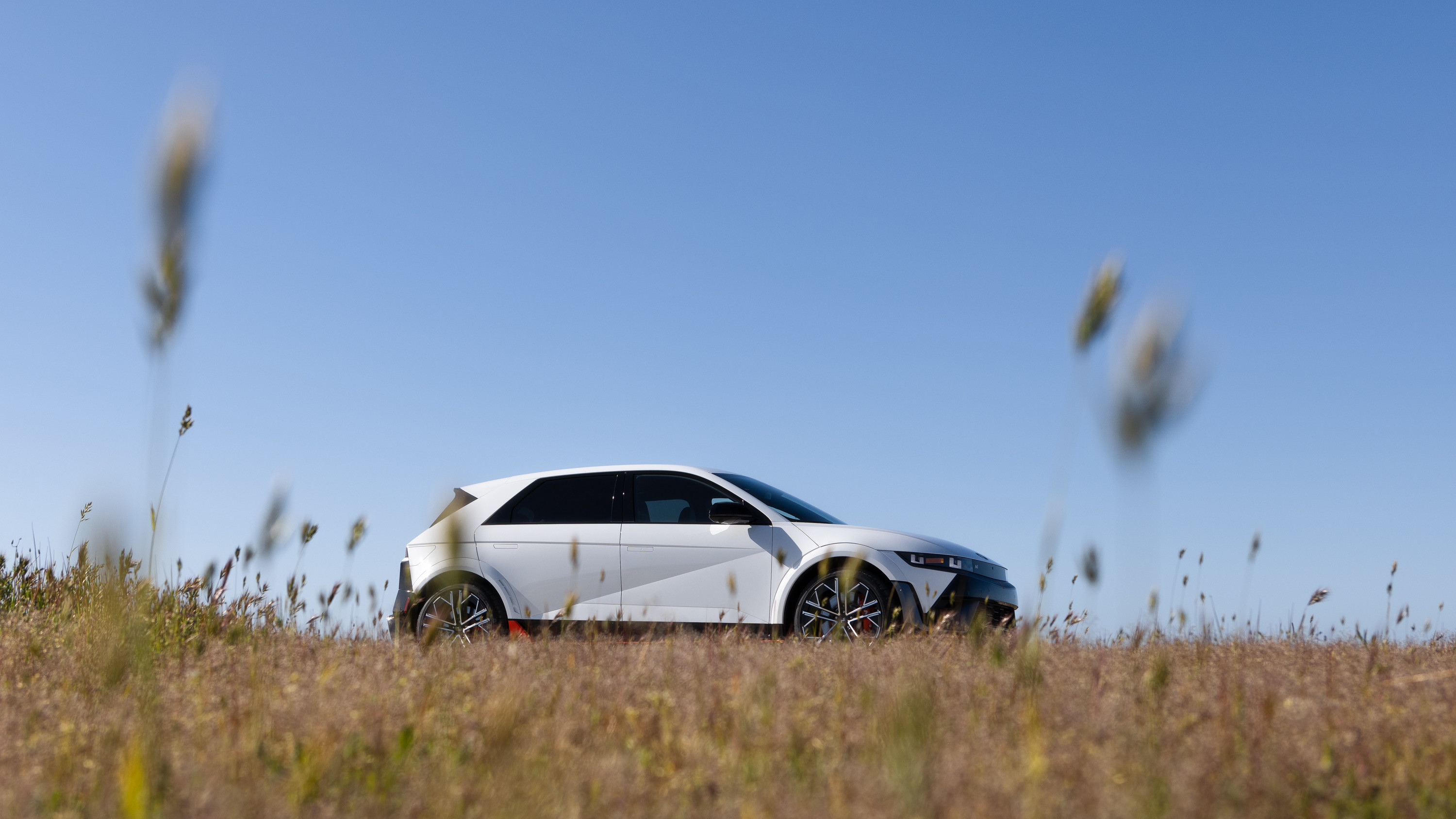 The raucous Hyundai Ioniq 5N EV has the sound and feel of an old school sports car
The raucous Hyundai Ioniq 5N EV has the sound and feel of an old school sports carHyundai is an unlikely saviour of the sporting EV, finding new ways of transforming the sheer power of electrification into an engaging, albeit old school, driver’s car
-
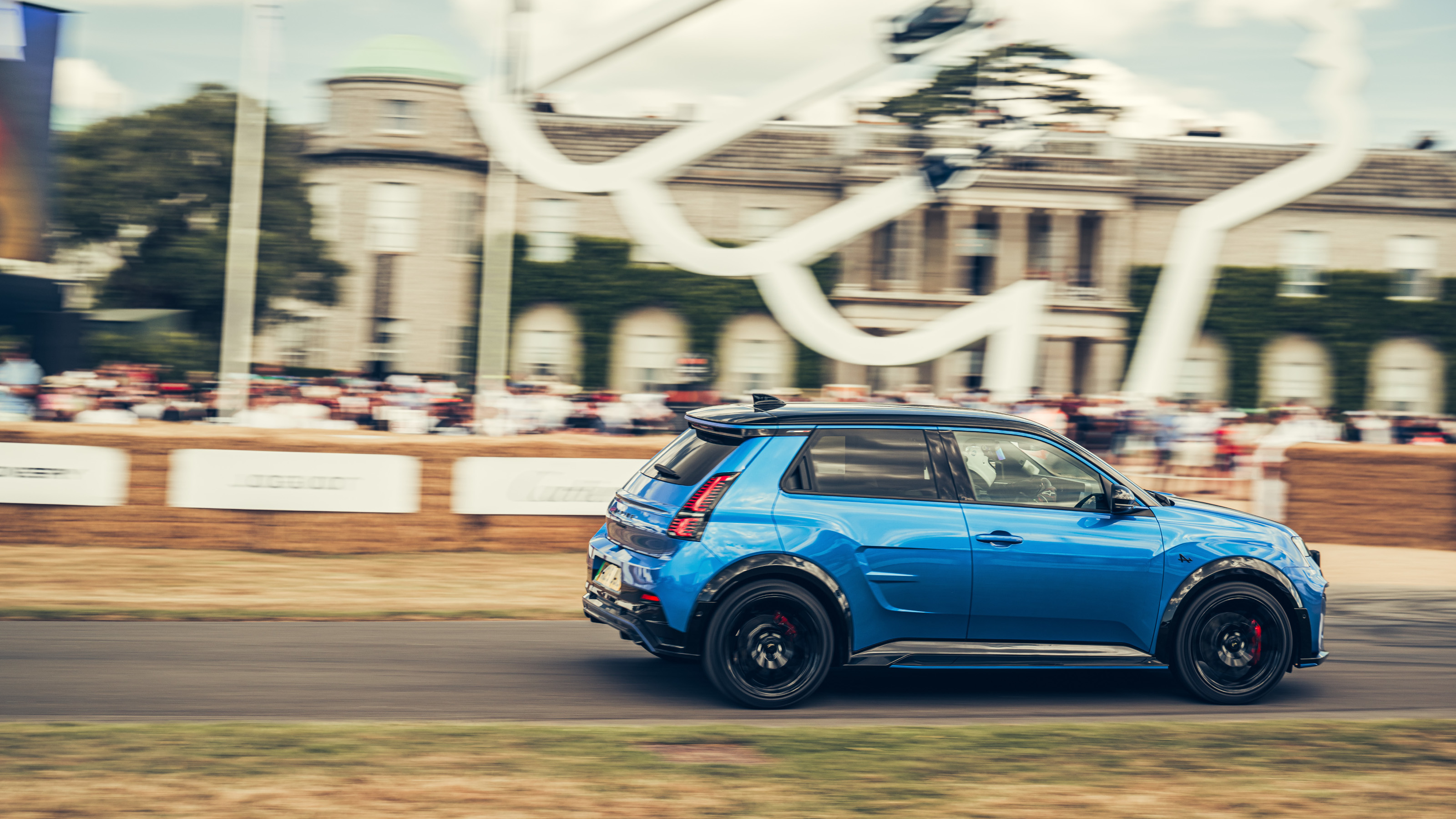 All the best bits from Goodwood Festival of Speed 2025
All the best bits from Goodwood Festival of Speed 2025As car makers switch their allegiance to the sunny West Sussex countryside as a place to showcase their wares, a new generation of sports cars were sent running up that famous hill
-
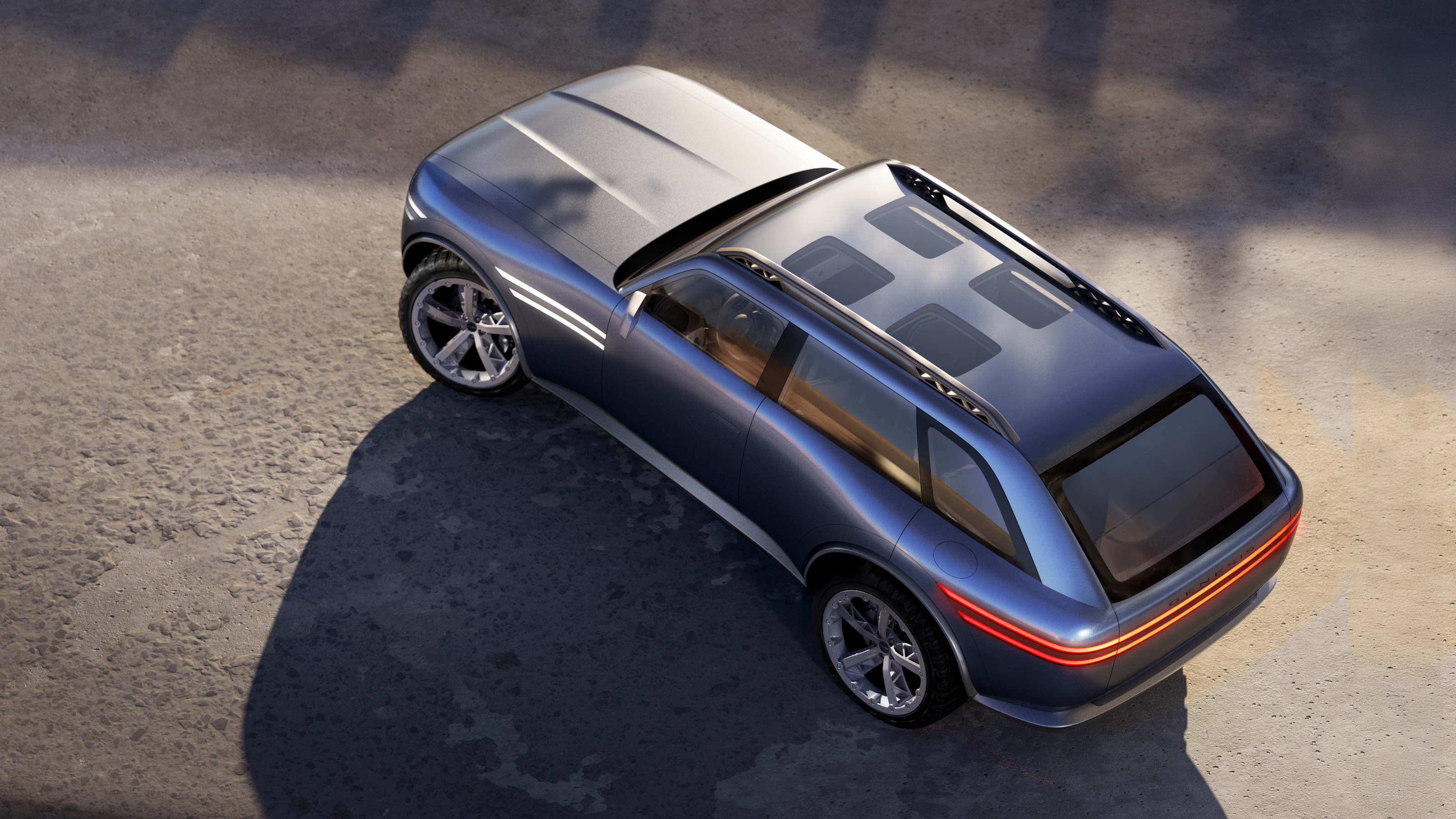 Our pick of the reveals at the 2025 New York Auto Show, from concept SUVs to new EVs
Our pick of the reveals at the 2025 New York Auto Show, from concept SUVs to new EVsInterest in overseas brands remained strong at this year’s NY Auto Show despite the threat of tariffs designed to boost American-owned brands
-
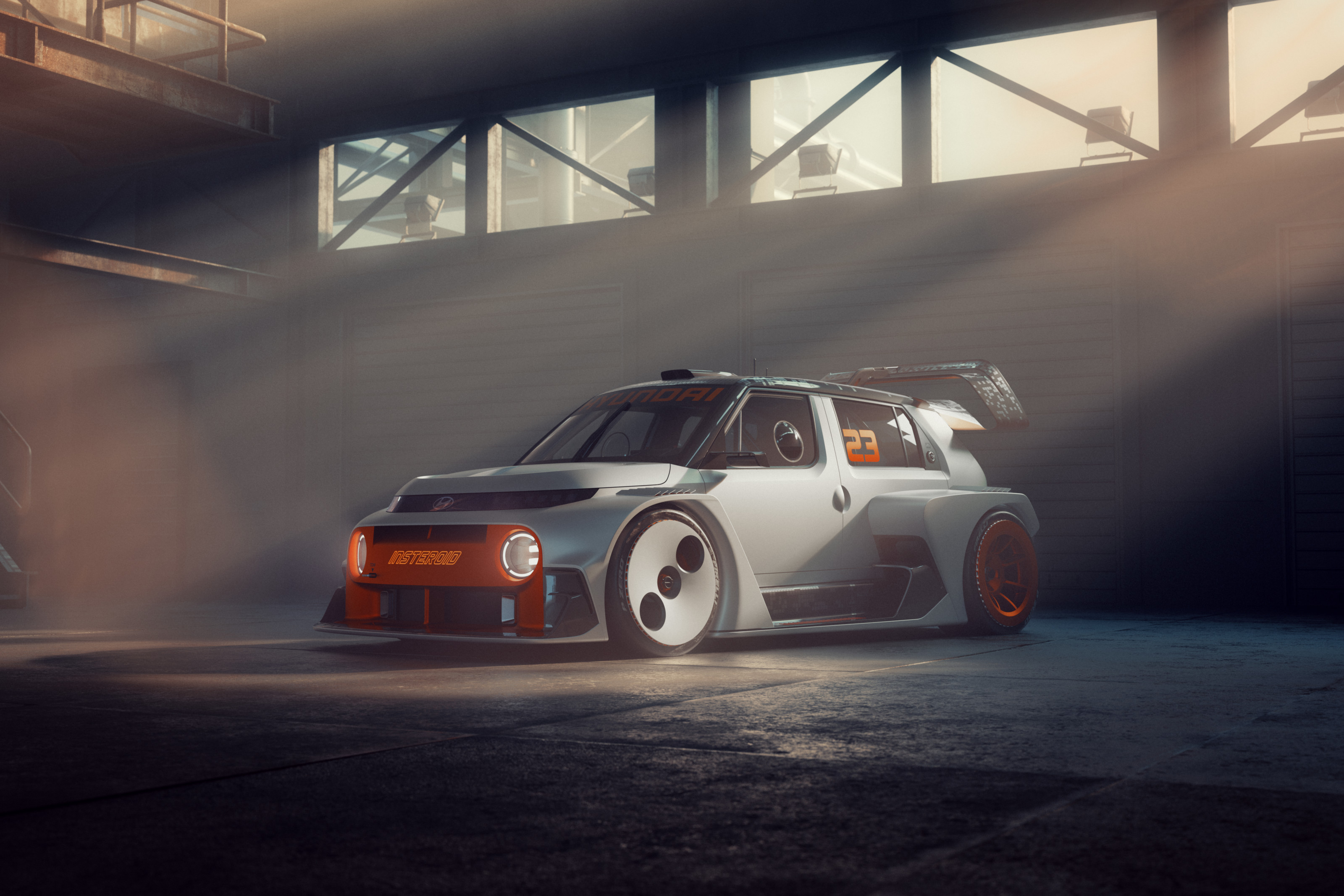 2025 Seoul Mobility Show report: all that's new and notable
2025 Seoul Mobility Show report: all that's new and notableOpened at a time of high national drama, the 2025 Seoul Mobility Show has gone on to underscore Korea’s place at the cutting edge of the auto industry. Guy Bird was there
-
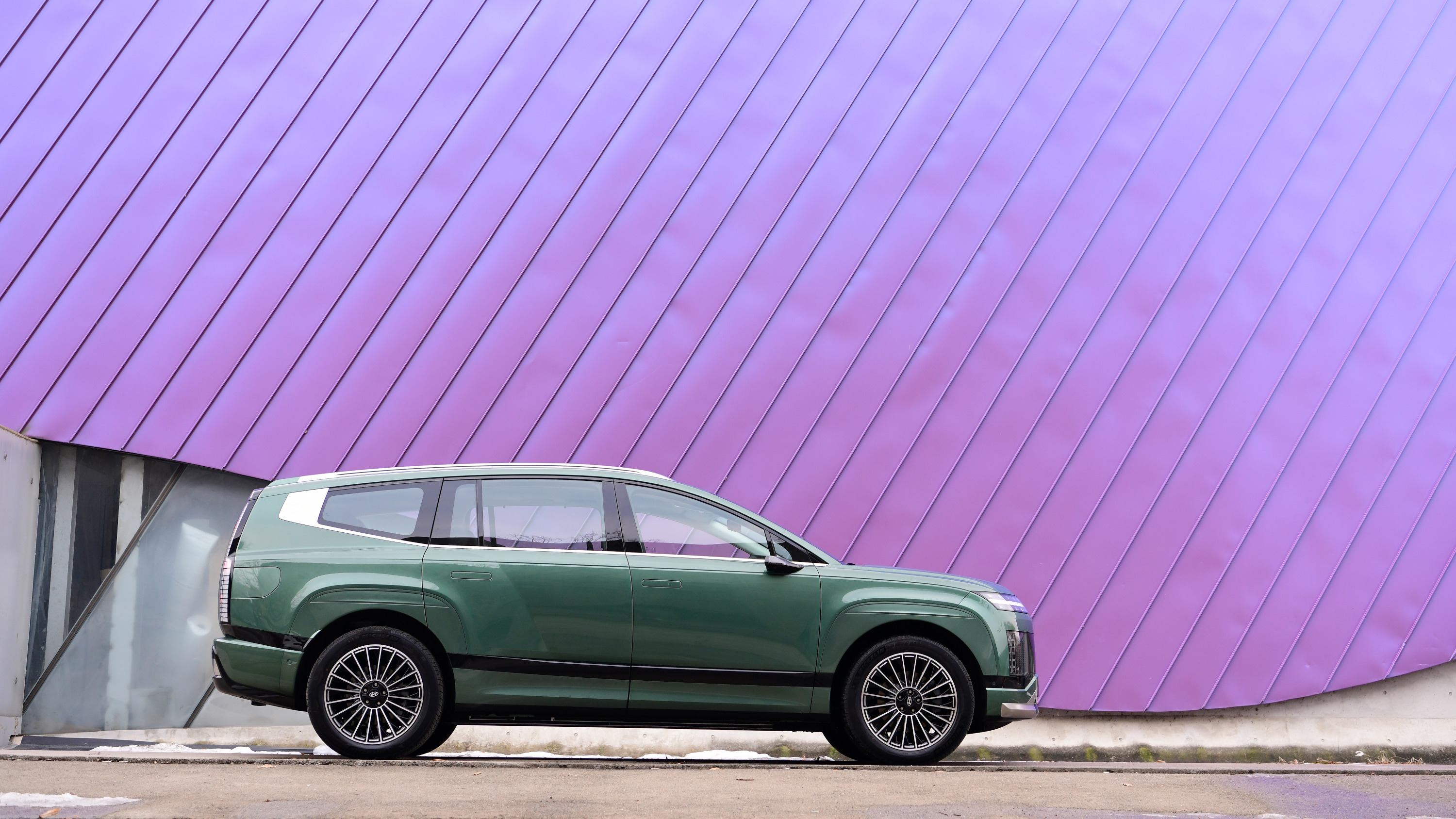 Long-range, refined and spacious, the new Hyundai Ioniq 9 is like a private jet on wheels
Long-range, refined and spacious, the new Hyundai Ioniq 9 is like a private jet on wheelsWallpaper* takes the Ioniq 9 on an electric road trip from Seoul to Busan to explore Hyundai’s newest and largest EV to date